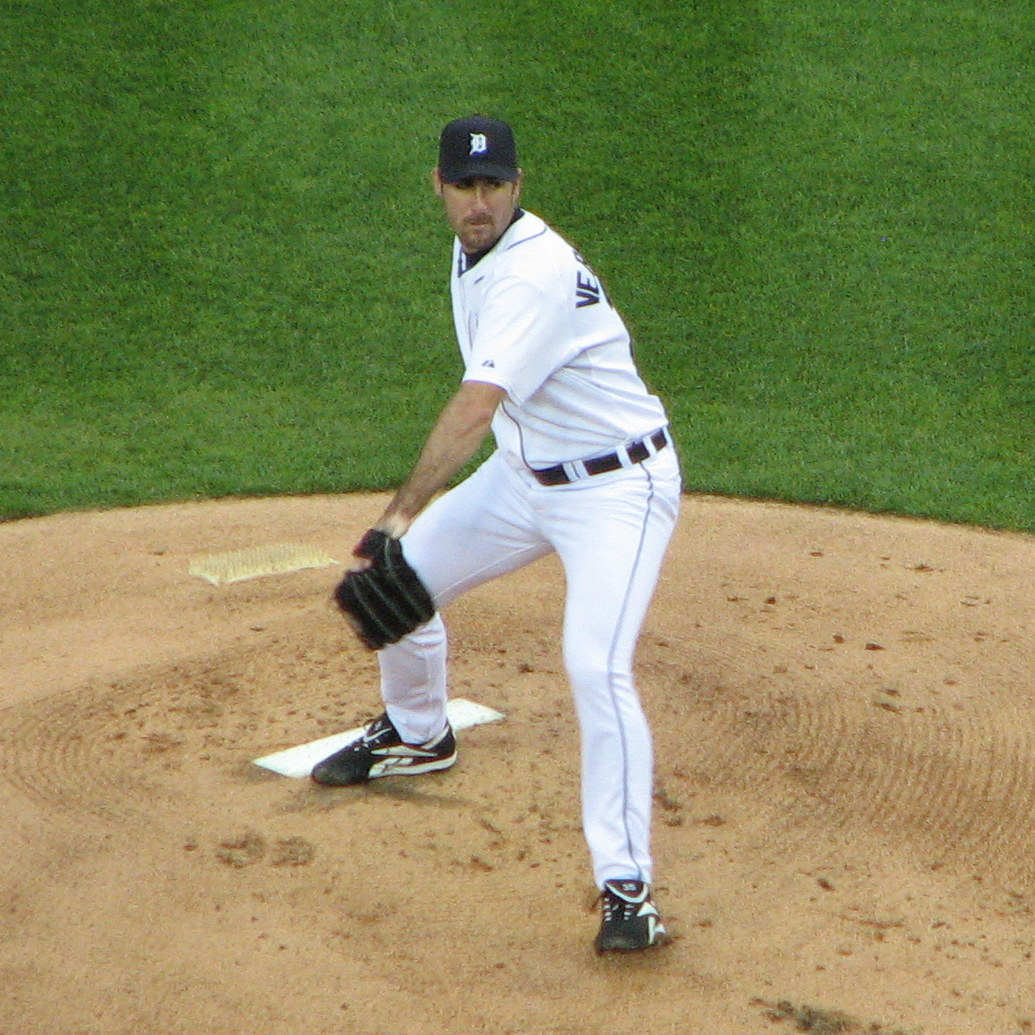The season starts tomorrow. The Season Starts Tomorrow! THE SEASON STARTS TOMORROW!!!
That makes me happy.
If it doesn't make you happy, then you can just read this because it's basically the Cliff's Notes for the season upcoming.
AL EAST: Yankees 87 wins, Jays 85, Rays 85, Red Sox 84, Orioles 77
AL CENT: Tigers 93, Royals 80, White Sox 79, Indians 78, Twins 71
AL WEST: Angels 90, Rangers 88, A's 85, Mariners 75, Astros 64
NL EAST: Nationals 89, Braves 87, Phillies 85, Mets 71, Marlins 67
NL CENT: Cards 85, Reds 85, Brewers 82, Pirates 78, Cubs 77
NL WEST: Giants 86, DBacks 85, Dodgers 84, Rockies 76, Padres 75
Two 3 team playoffs to decide the Wild Card teams. Does that make you want to actually watch the season?
AL MVP: Robinson Cano, Mike Trout, Miguel Cabrera
NL MVP: Jason Heyward, Joey Votto, Bryce Harper
AL CY: Justin Verlander, Yu Darvish, King Felix
NL CY: Clayton Kershaw, Matt Cain, Stephen Strasburg/Cliff Lee
AL ROY: Wil Myers, Aaron Hicks, Kevin Gausman
NL ROY: Julio Tehran, Jedd Gyorko, Hyn-Jin Ryu
There you have it.

.jpg)


